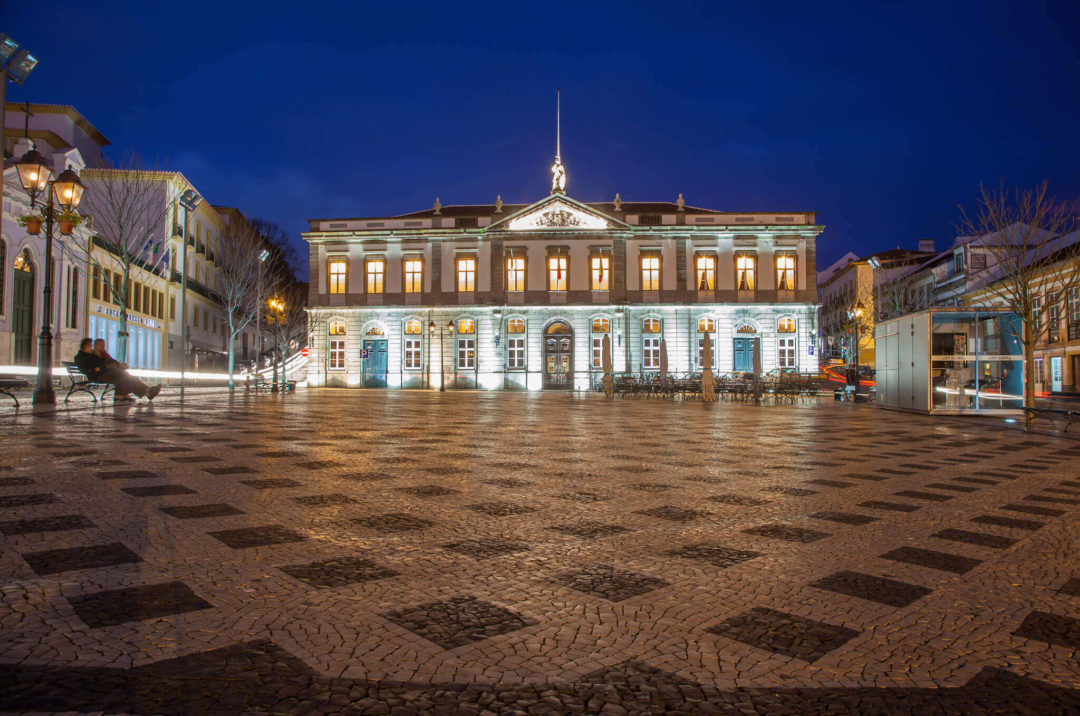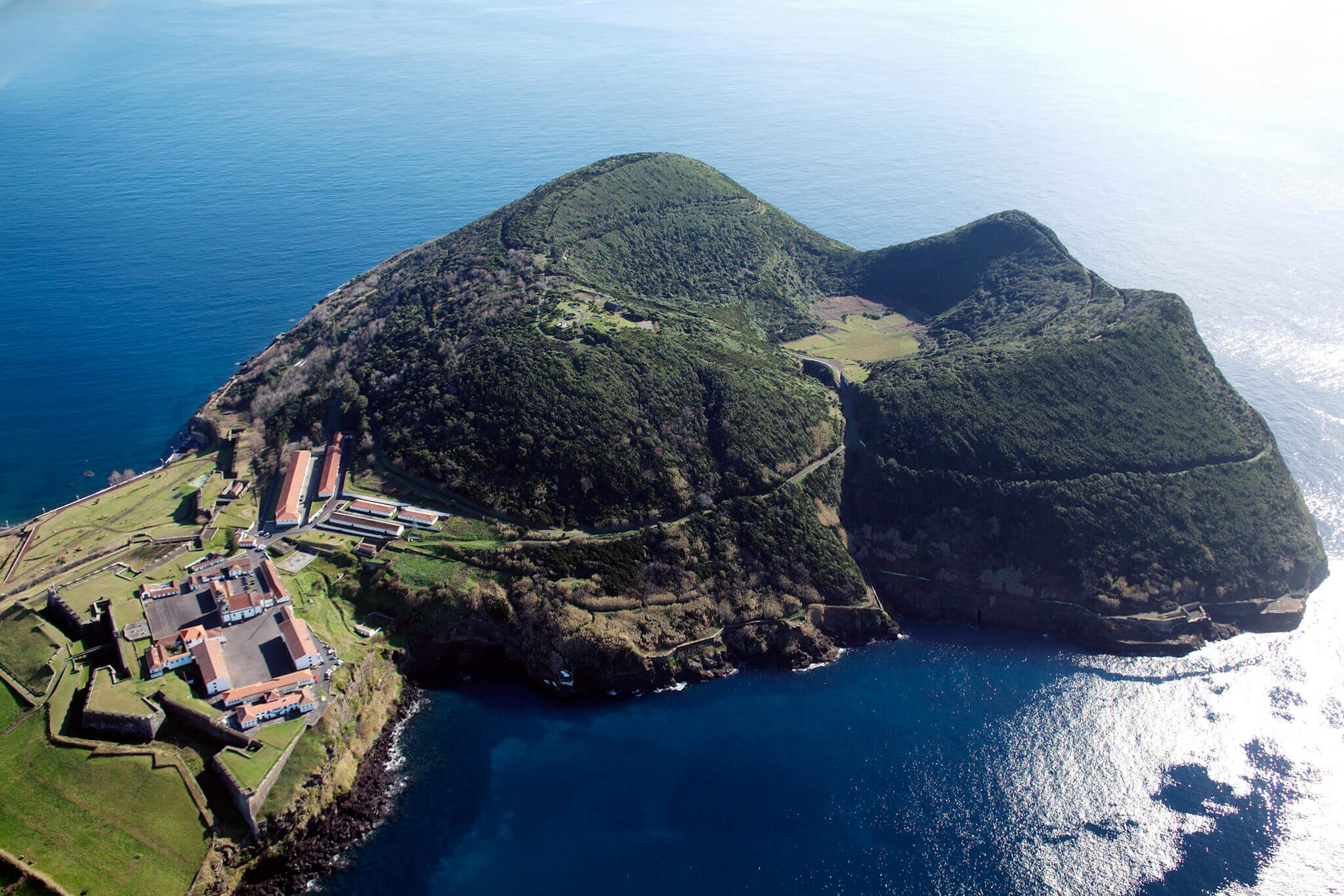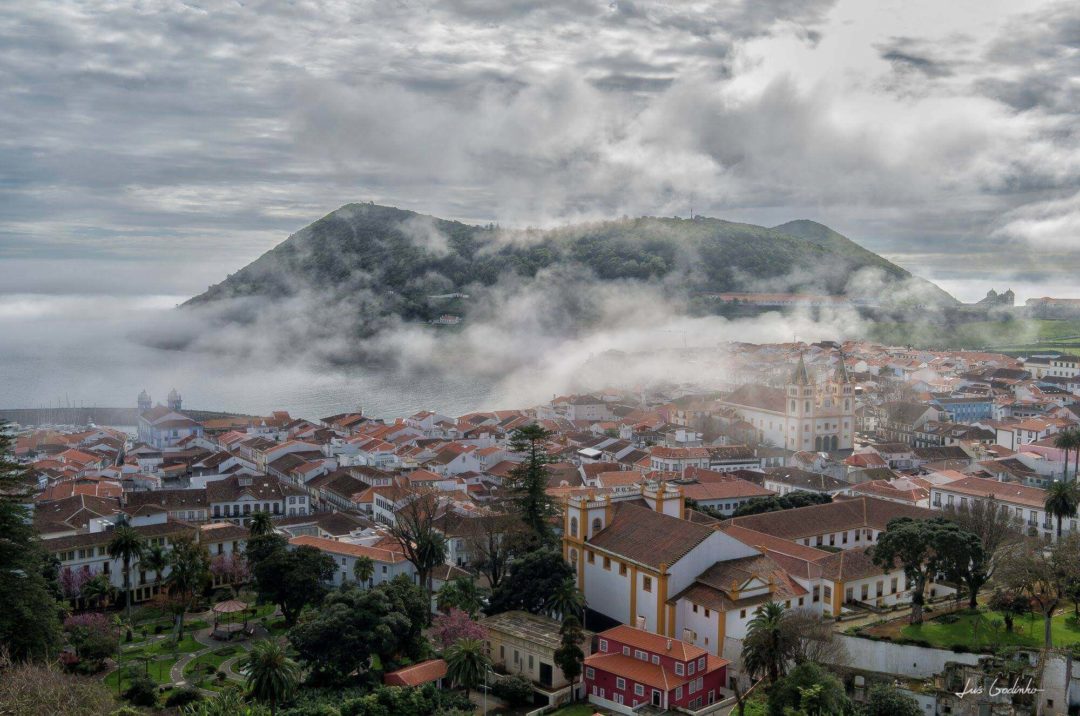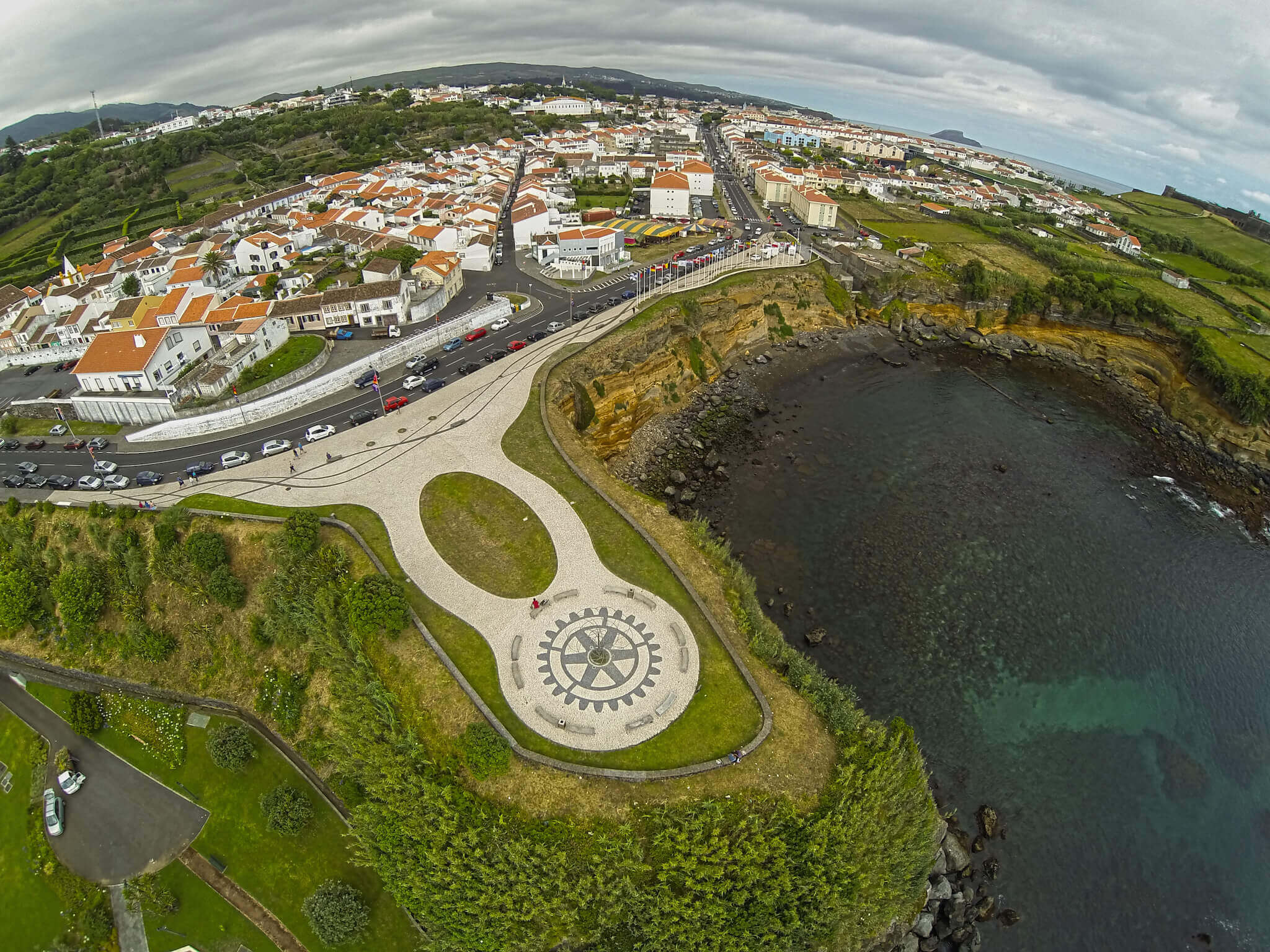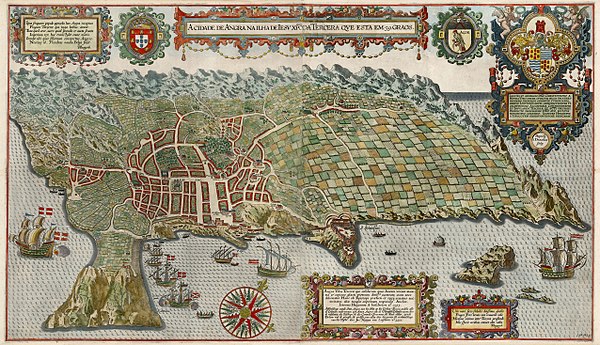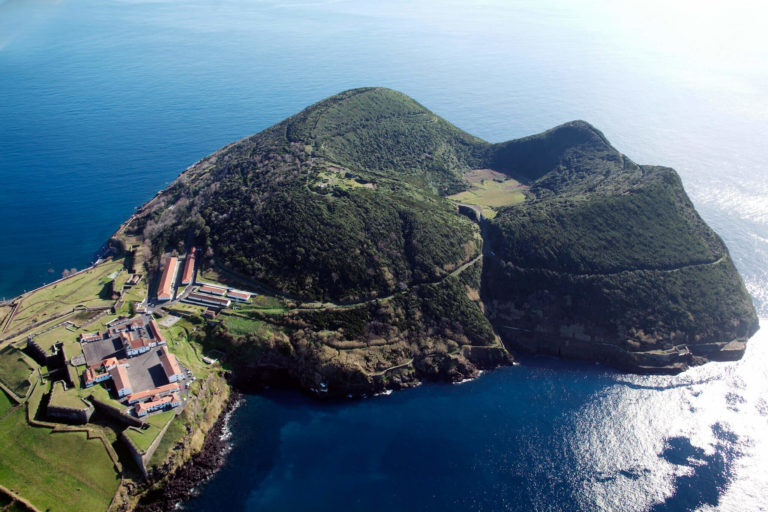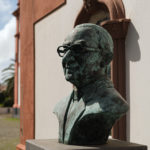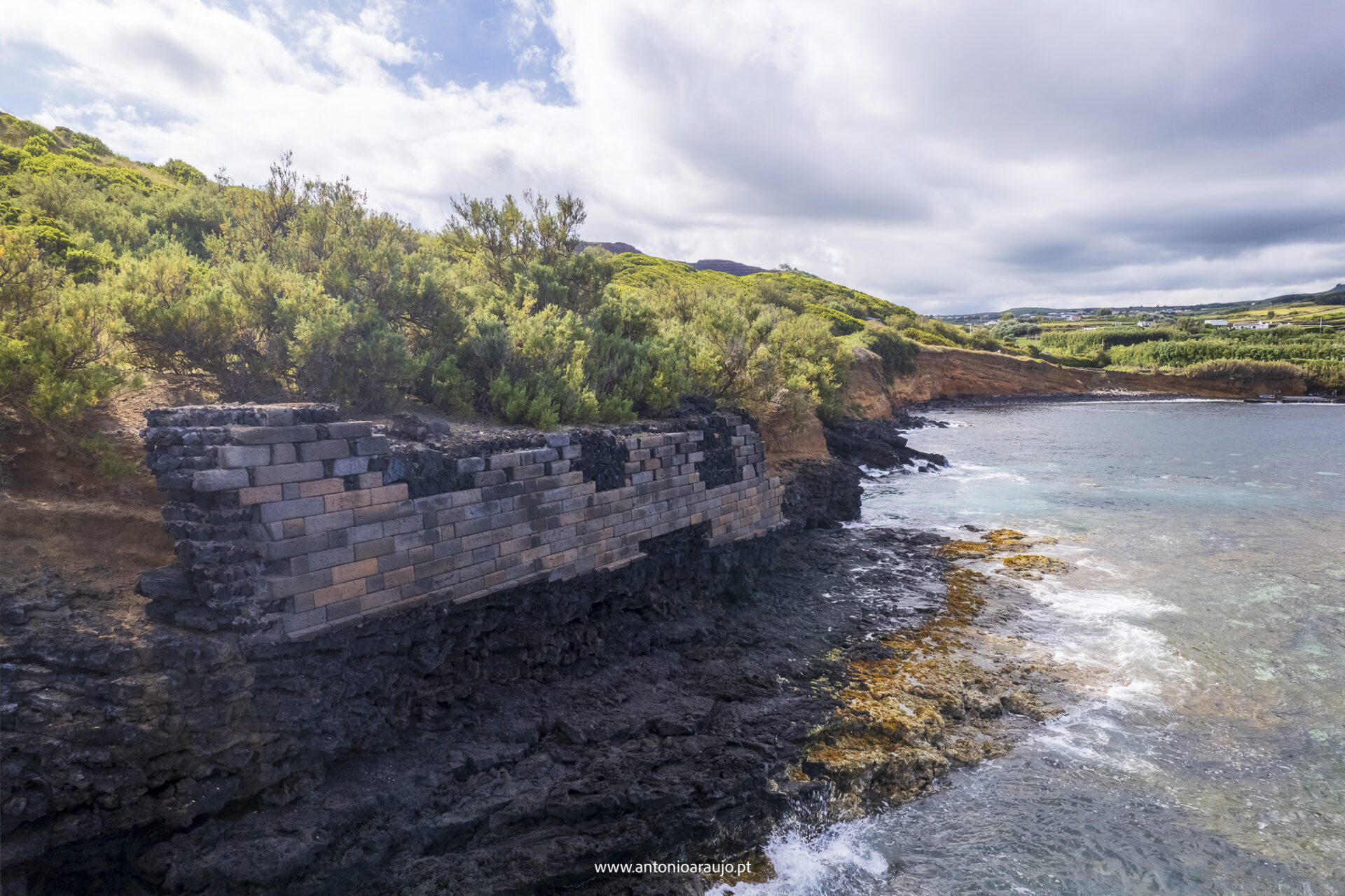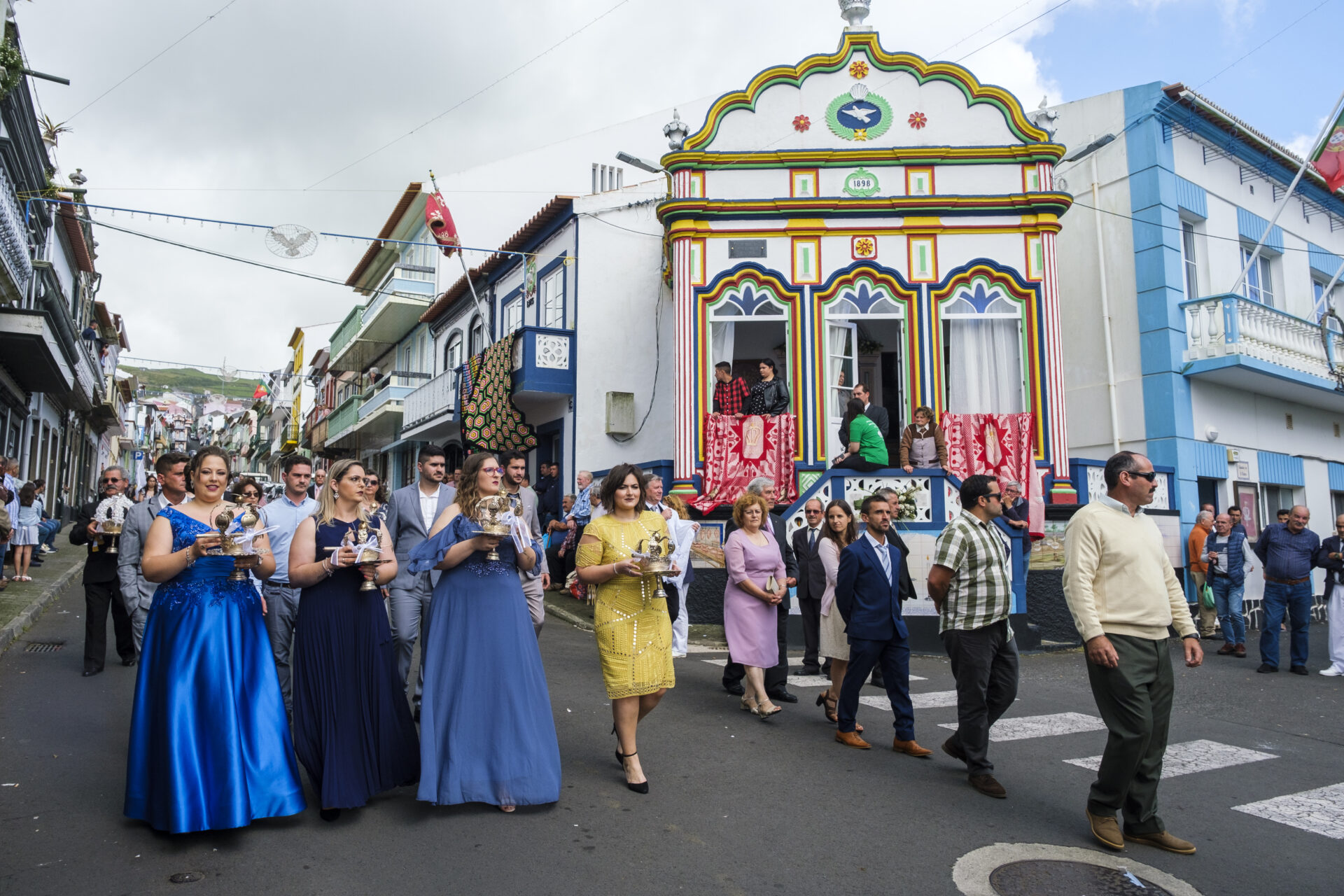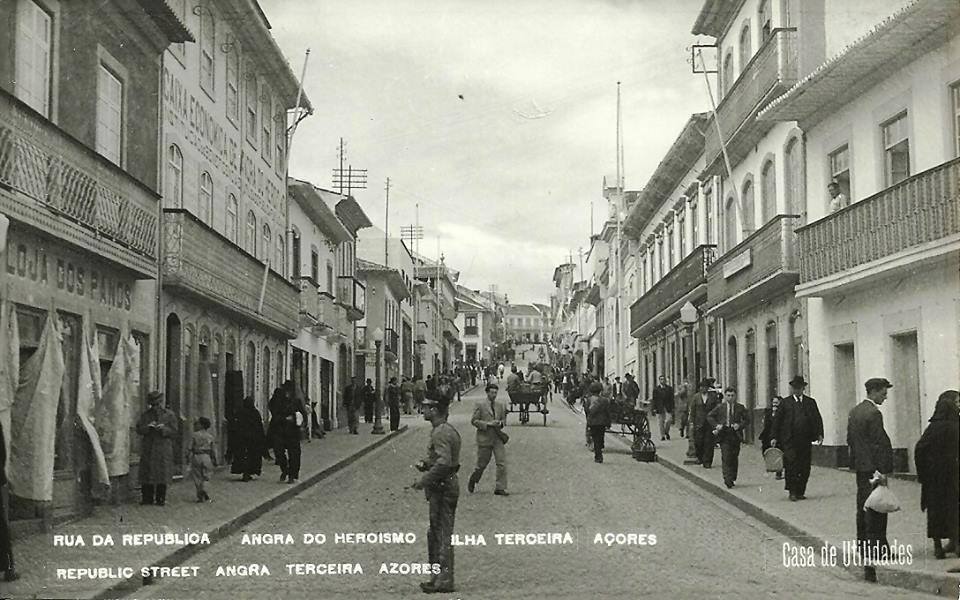Its centrality, its rich soil, its safe bay and its monumentality have turned Angra do Heroísmo into a city whose historical importance is recognized throughout the world. Linked to maritime expansion, this port city was an unavoidable stop for the fleets from South America, Africa and the Indies. Here people traded in spices, precious metals from the Americas, fine fabrics, wood, ivory, temperas and religious imagery. Angra was the center of the world, and it was where Philip II built his greatest fortress, considered to be the largest stronghold of Europe, following the 1580-83 succession crisis, during which heroically Portugal was only the island of Terceira, the last remaining piece of the former kingdom. In 1828, Angra once again demonstrated its bravery as it was once more named the capital of Portugal. Angra became the center of Liberalism and the place from where the men who would write the first Constitutional Charter left. The city would be honored in 1837 by Queen Maria II with the highest insignia of the Portuguese State – the Grand Cross of the Military Order of the Tower and Sword, of Valor, Loyalty and Merit. As a result of its role during the civil war, the titles “Always Constant” and “Heroísmo” [Heroism] were added to the motto “Very Noble and Loyal,” which it had been awarded after the Restoration.
